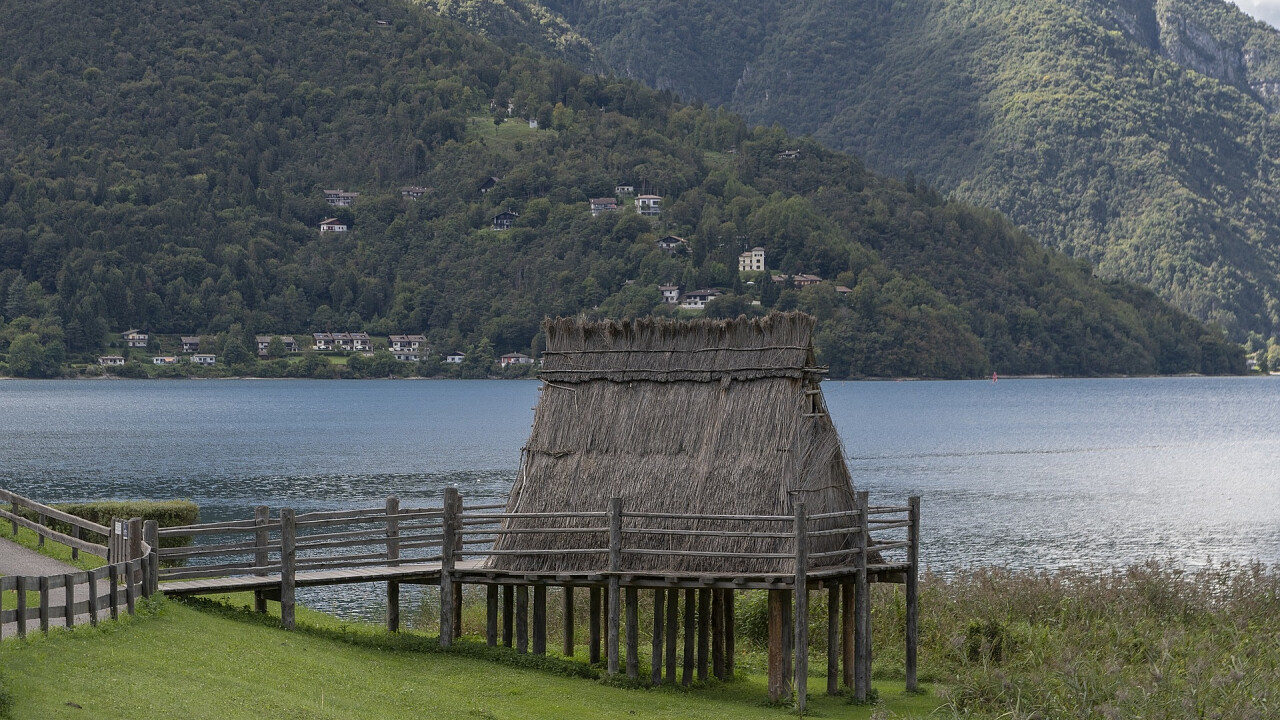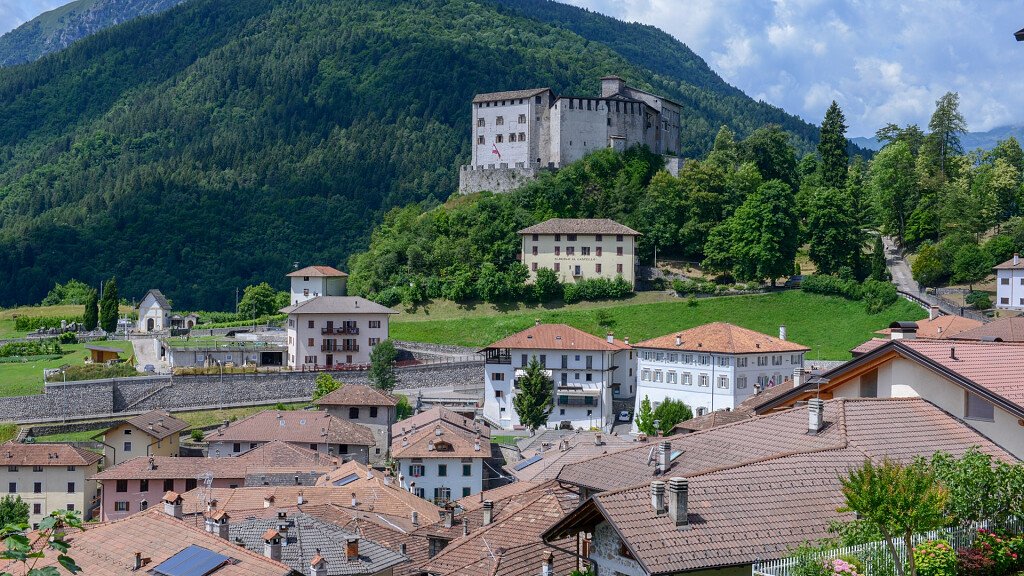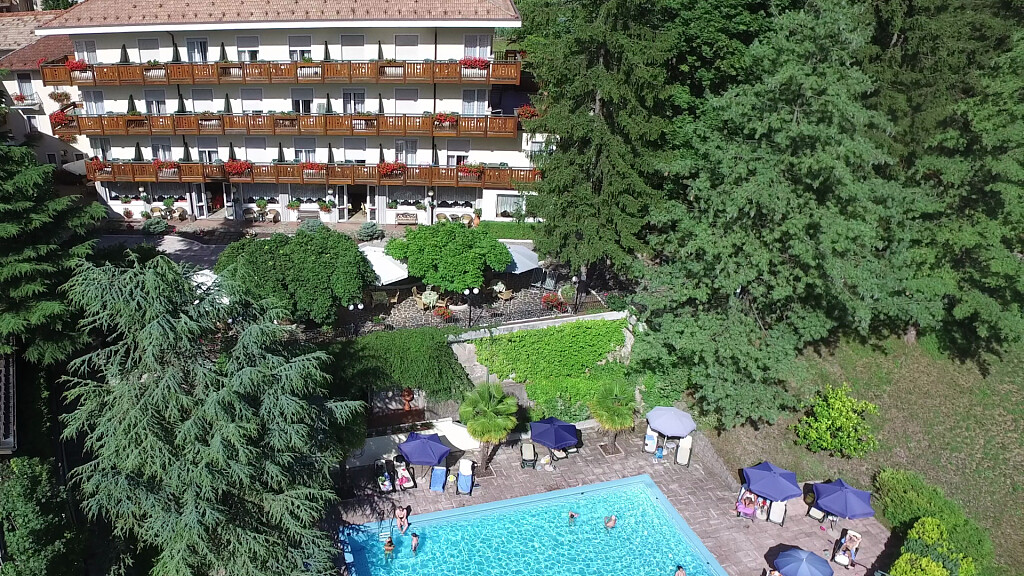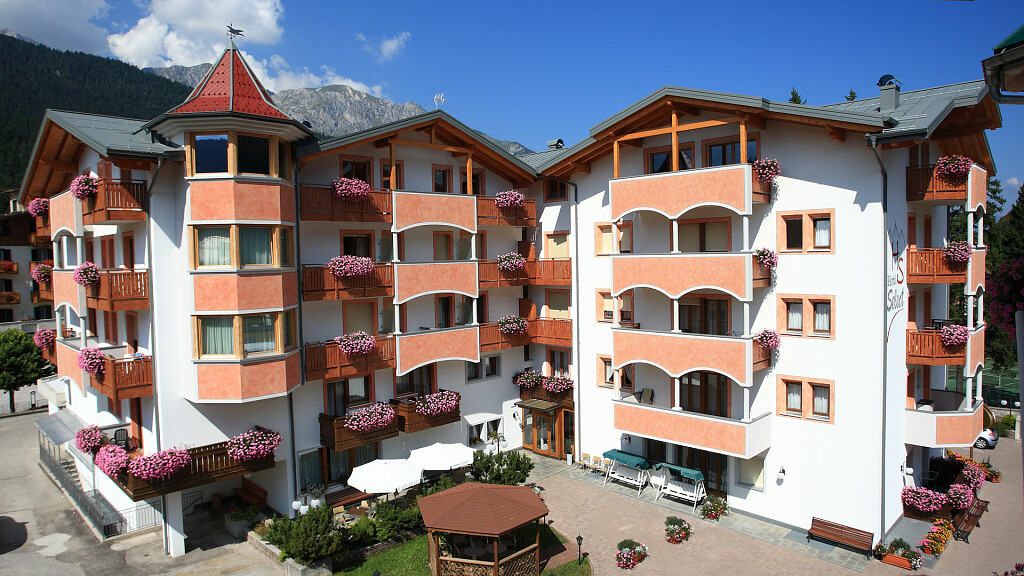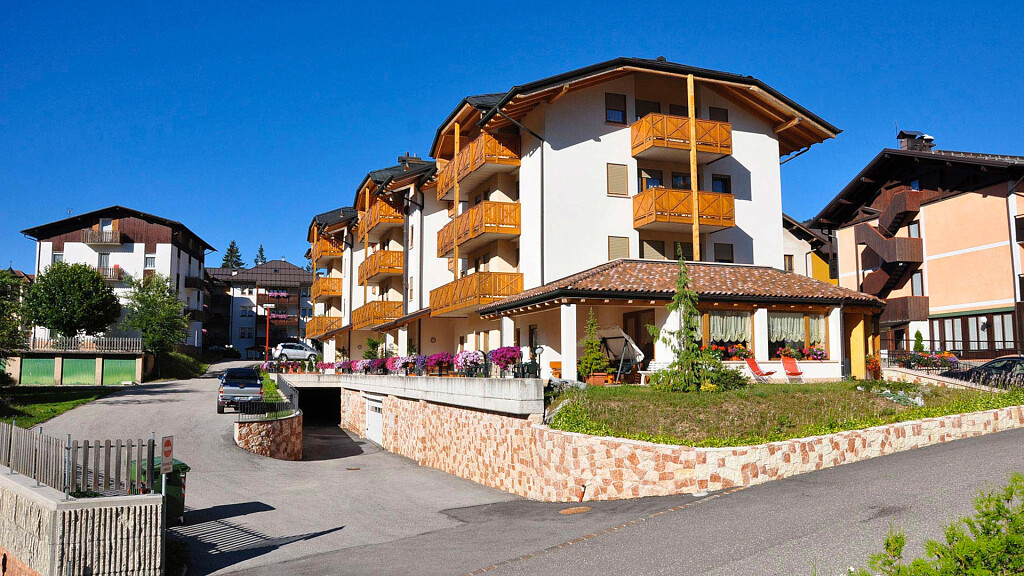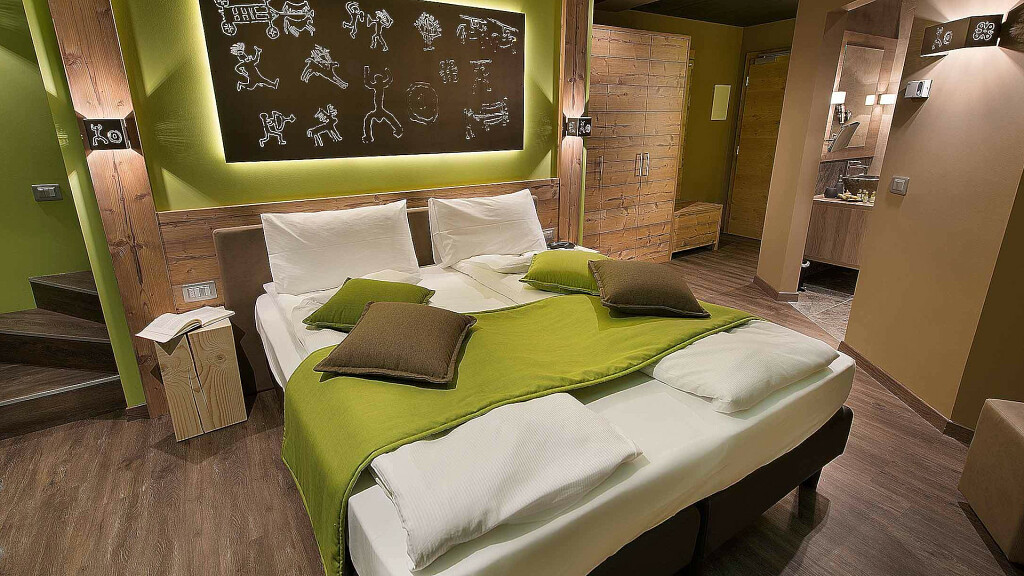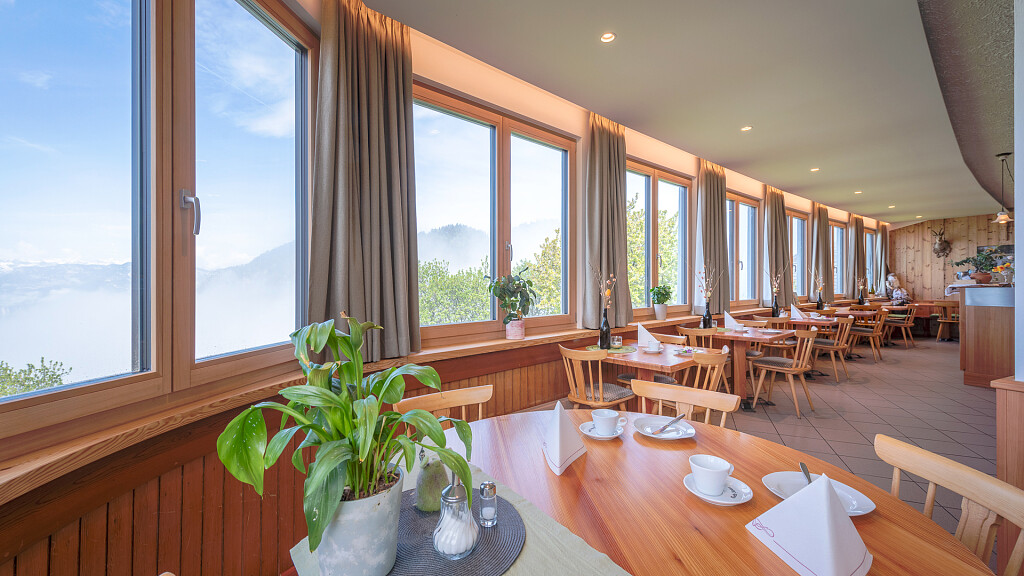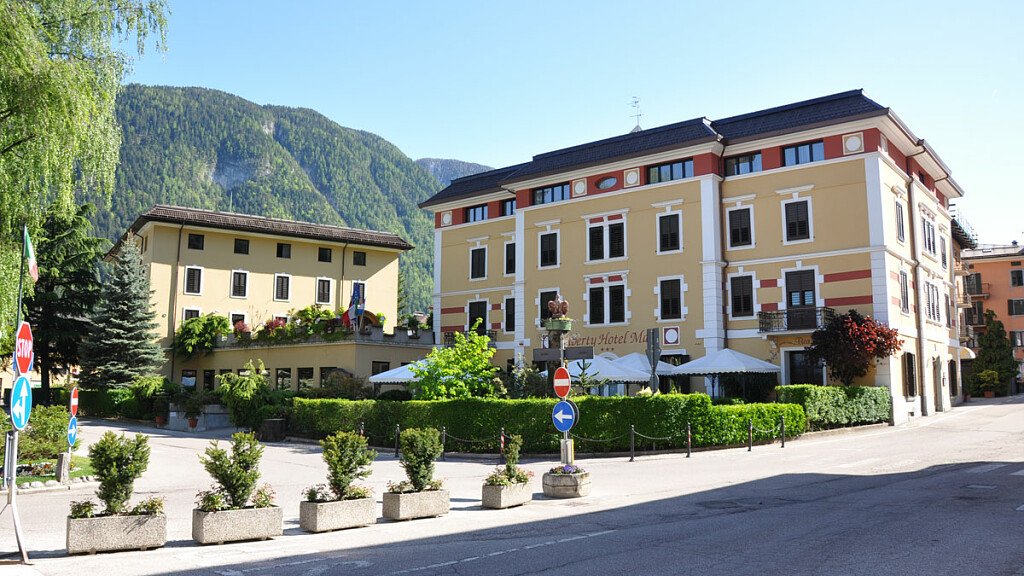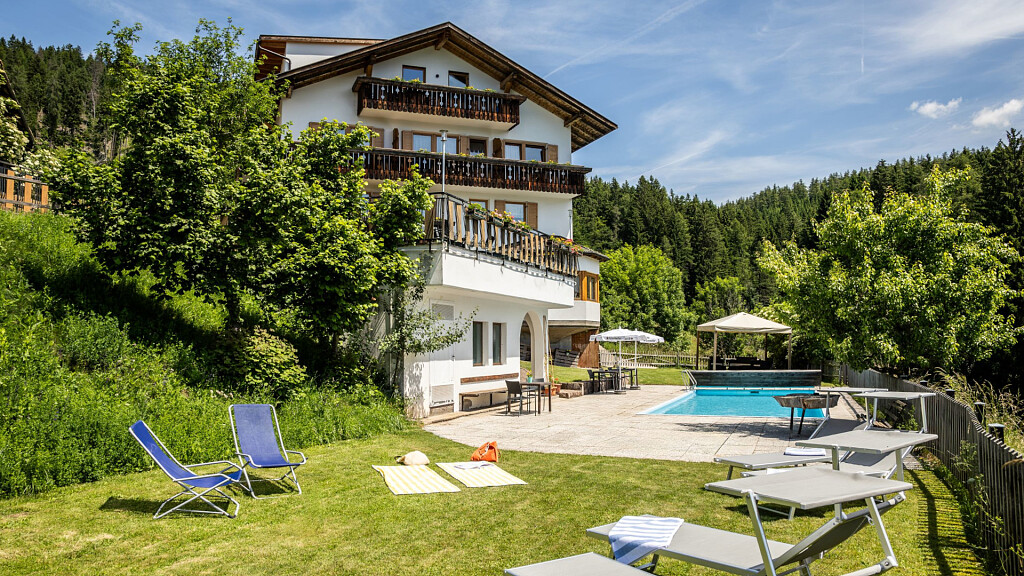The Pile-Dwelling Museum of Fiavè in Trentino tells the story of the people who lived from the 7th to the 1st millennium BC on the shores of the former Lake Carera (a basin of glacial origin, now a peat bog) through an extraordinary collection of objects and materials. Fiavè is one of the most important pile-dwelling sites in Europe and is included in the UNESCO World Heritage list.
The first floor of the Fiavè Pile-Dwelling Museum illustrates the research methods and the historical reconstruction of the pile-dwelling period. The second floor is entirely reserved for the daily life and atmosphere of the pile-dwelling villages of 3500 years ago. Through the different rooms of the museum, visitors can learn details about customs and traditions, the work of farmers, the secrets of metalworkers and hunters. One section is dedicated to the Fiavè - Carera biotope.
The finds on display in the Fiavè museum are part of the thousands of objects that fell into the waters of the ancient Carera lake at the time of the pile dwellings. Unique in Europe is the collection of around 300 wooden objects, including crockery, kitchen utensils, work tools and weapons. The special wet environment even made it possible to preserve some foodstuffs such as ears of corn, hazelnuts and apples.

